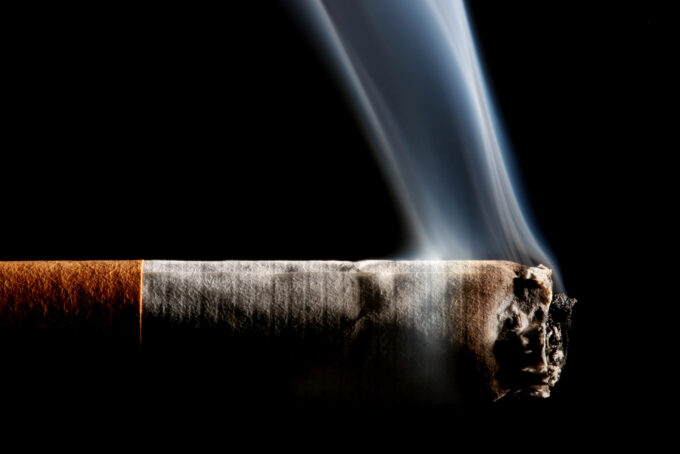Better light at work
The right light at the workplace is crucial. Biologically effective lighting also makes it easier to return to the home office.

Out of the home office, into the home office: The corona virus has been spreading again since the start of the cold season. According to the Ifo Institute, a large proportion of employees were already working from home at least part of the time in the second quarter of last year due to the pandemic. A good reason to give the home workplace an upgrade: with biologically effective lighting. "Light is not just for seeing, it also clocks the human body's internal clock," explains Dr. Jürgen Waldorf, managing director of the industry initiative licht.de. Lighting that mimics natural daylight changes brightness, light color and dynamics throughout the day. In this way, it supports the biorhythm and promotes vitality and well-being.
Some modern LED luminaires already have integrated programs that reflect this complex process. Well suited for the study, for example, are ceiling luminaires or professional floor luminaires that work according to the principle of Human Centric Lighting (HCL) - a lighting concept that focuses on people and their needs. "In the morning, bright, cool light awakens the spirits and promotes concentration," says Waldorf. High blue components in the light (at least 5300 Kelvin) ensure this. Towards evening, the light color then becomes more reddish, the lighting more subdued (e.g. 2700 Kelvin). This allows the body to prepare itself optimally for a good night's rest. Screens should then be operated in night mode. This promotes restful sleep.
Requirements for workplaces
The basic lighting in the study helps to avoid too strong contrasts between the workplace and the environment and is easy on the eyes. Additional and high-quality luminaires make sense in case of constant home work, because then also the legislator requires similar conditions as in the office.
For reading tasks, the standard requires an illuminance of at least 500 lux. To achieve this, an adjustable desk luminaire is used directly at the workstation. The expert's tip: "When writing, the light should come from the left for right-handers and from the right for left-handers, so that no shadows interfere. Position the luminaire so that there are no reflections on screens and shiny surfaces," advises Waldorf.
Tip for buying luminaires
In the immediate vicinity, the standard still sets 300 lux. Since very few people use a luxmeter at home, the rule of thumb for buying luminaires is about 1000 lumens for desk luminaires and about 600 lumens for the surrounding area. LED luminaires with HCL function have significantly more lumens. However, since standards only ever specify minimum values, more light is also the better choice in many cases.
Where to put old lamps?
When lamps reach the end of their service life or are replaced by energy-saving LEDs, they must be disposed of correctly for the sake of the environment: Energy-saving, fluorescent and discharge lamps are collected and recycled in the same way as LEDs. Incandescent and halogen lamps go into the residual waste garbage can.
EU roadmap for greater efficiency
In two years, the next round will begin: from September 1, 2023, linear T8 fluorescent lamps, high-voltage halogen lamps with G9 bases and low-voltage halogen lamps with G4 and GY6.35 sockets will no longer be placed on the market.
Source: licht.de









